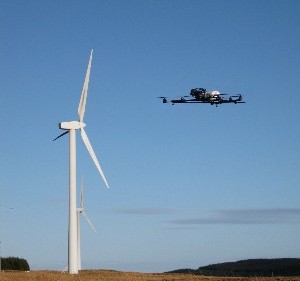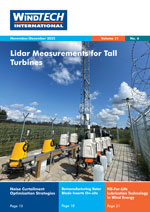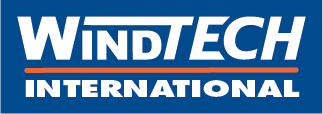 Cyberhawk Innovations has launched a commercial scale Remotely Operated Aerial Vehicles (ROAV) inspection solution for wind turbine blades.
Cyberhawk Innovations has launched a commercial scale Remotely Operated Aerial Vehicles (ROAV) inspection solution for wind turbine blades.
Cyberhawk’s iHAWK Wind software enables clients to see the status of a windfarm with clear traffic light colour status for each area of the blade and the ability to look into the photographic evidence behind each defect classification. iHAWK Wind also enables users to select findings from a schematic view of the blade and to intuitively view all images, including those which do not show defects, sorted by height and by blade edge or side. Recently a Cyberhawk field team completed more than 30 onshore wind turbine inspections in less than two weeks, with an average downtime of only 2-3 hours per turbine. iHAWK is not only compatible with turbine blades, but also nacelle and towers, as well as the transition piece for offshore structures.










